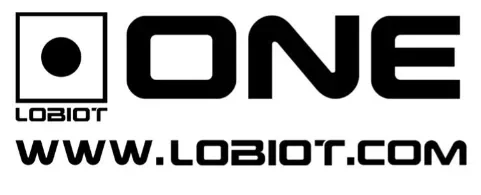Description: The Interoperability Strategy in the context of Web3 refers to the plans and protocols designed to enable different blockchain networks to communicate and work together effectively. This concept is fundamental for the development of a decentralized and collaborative ecosystem, where multiple platforms and applications can interact seamlessly. Interoperability seeks to eliminate barriers between different blockchains, facilitating the exchange of data and assets, which in turn enhances the functionality and utility of decentralized applications (dApps). The main characteristics of this strategy include the standardization of protocols, the use of bridges, and the implementation of layer 2 solutions that allow communication between different networks. The relevance of interoperability lies in its ability to foster innovation and collaboration in the Web3 space, enabling users and developers to leverage the advantages of multiple blockchains without being limited to a single one. In an environment where the diversity of technologies and platforms is increasing, the Interoperability Strategy becomes an essential pillar for the growth and mass adoption of decentralized solutions.


